Ineo (“to initiate”) in the Anantara hotel is the creation of chef Heros de Agostinis and opened in 2023. Heros was senior sous chef at Pergola before moving to London to run the kitchen of the late lamented Apsleys. He had a stint at Beck at Browns Hotel and in Bahrain before returning to Italy. Ineo is on the ground floor of the luxury Antanara Hotel, just on the left as you enter the hotel. The hotel is part of a large hotel group with several brands, built by an American entrepreneur called William Heinecke, whose parents were in the US military and stationed in Thailand. Starting with a loan of $1,200 he set up and sold various companies, and grew his first hotel in Pattaya in 1978 into a group that now has 568 hotels.
Ineo itself is a small fine-dining restaurant serving just twenty diners. The room has low lighting and large, well-spaced tables. There were a couple of alternative tasting menus of varying lengths, with three courses priced at €110, four courses at €130 and seven courses at either €145 or €160, with a complete vegetarian tasting menu also available. There was also a full a la carte selection, with starters €29-€35, main courses €55-€60 and desserts at €22.
The wine list had 225 labels and ranged in price from €40 to €3,000, with a median price of €130 and an average markup to retail price of 2.8 times, which feels very reasonable if you compare this to other luxury hotels in major cities around the world. 72% of the wines were from Italy and a further 24% from France. Sample references were Albana Neblina Giovanna Madonia 2021 at €50 for a bottle that you can find in the high street for €17, Markus Molitor Alte Reben Trocken Riesling 2020 at £70 compared to its retail price of €29, and Nero Magis 2016 at €90 for a wine that will set you back €43 in the high street. For those with the means there was Antinori Tignanello 2019 at €220 compared to its retail price of €186, and Biondi Santi Brunello Di Montalcino Tenuta Greppo 2017 at €450 for a wine whose current market value is €235.
The meal began with some Parmesan crisps. These were superb, light and airy yet with deep cheese flavour (18/20). An array of canapés then arrived, broadly on a theme of chicken. In a teacup was stracciatella alla Romana, a local meat and egg broth, here given a luxury treatment with Parmesan cheese foam and gnocchi of potato. Essentially this was a very comforting but classy chicken soup. A little chip made from crisp chicken skin had artful blobs of slightly spicy mayonnaise There was a cracker of black olives with a chicken pepperoni glaze, and also a tostada with chilli and chicken. There was a martini glass with pork cheek lemongrass, chicken and cacao powder that for me could have had more lemongrass and less cacao, and finally an excellent salad with jelly of lettuce, which sounds odd but worked very well (16/20 canapés)
The bread is all made in the kitchen here and the selection started with a country bread made with a solina grain from Abrzuzzo. The result was gorgeous white bread that was light and very airy yet with a delicate crisp crust. This was superb. The first formal course was Brittany scallops cooked mi cuit (ie just partially cooked) with pea gel, broad beans and a light ginger sauce. The scallops had lovely natural sweetness and were nicely complemented by the superb pea gel, which had deep and lovely flavour - the essence of top quality peas. These were sourced from a farm just 30km from Rome. The aromatic ginger was a nice touch and the broad beans were also top drawer. This was a lovely dish, letting the superb ingredients really shine (18/20).
Next was panzanella, classically a Tuscan salad of bread onions and tomato. The version here featured anchovies marinated in olive oil, red wine and vinegar, a chickpea gel and a pepperoni and tomato soup with pickled cucumber, tomato confit and granita of celery. The anchovies, from the Tyrrhenian Sea off the west coast of Italy, were very high quality, and the tomatoes had lovely deep flavour (17/20).
I then had morels from Lazio with local green asparagus, a white balsamic sauce and a layer of potatoes. The vegetables had superb flavour, the asparagus being lightly cooked and the earthy flavour of the morels making an excellent complement to the other dish elements (17/20). A full bread chariot was now wheeled into view, showcasing the breads made in the kitchen here. Grissini (breadsticks) were very thin and delicate, and there was an excellent flatbread cracker of semolina, a loaf of local country bread, a kind of local baguette and an exceptionally good white focaccia. There was also a kind of puff pastry bread, not exactly a croissant but reminiscent of that. I can easily see why this bread selection won an award from local restaurant guide Gambero Rosso. This was top notch bread making.
The next course was a macaroni pasta cooked in Madeira sauce with clarified butter. The pasta was garnished with Eritrean beef stew with green chilli and foam of 24-month aged Parmesan. This was a glorious dish, the Madeira adding richness to the perfectly cooked pasta, the deep flavour of the beef stew cut through by the sharpness of the green chilli. This was one of the best pasta dishes that I can recall eating (19/20).
Next was amberjack with a trio of sauces. There was a green Thai sauce along with white asparagus, a classic Bearnaise sauce and also a sweet and sour sauce. The amberjack was faultlessly cooked, and each sauce was well made in its own right. However, I am not sure that the dish really needs three sauces, and the flavours seemed to be competing for attention. Still, the fish was lovely and the sauces well made (16/20).
The final savoury course was ballotine of breast of chicken wrapped in spinach with duck liver. This came with cream of fava beans and morels. The chicken had reasonable flavour, albeit not as much as a top-notch chicken from Landes has. The duck liver added an air of luxury and additional flavour, and the mushrooms and beans were a good complement to the meat (16/20). An all-Italian cheeseboard was a nice touch, served with more of the lovely bread.
Dessert was a peach Melba, a dish invented by Escoffier at The Savoy in London. Classically, a poached peach is soaked in syrup and served with raspberry sauce and vanilla ice cream. This was peak peach season, and the version here had white chocolate, which is not in the original recipe and I am not sure was a great addition. The fruit taste was good and the vanilla was there but the Melba somehow contrived to have a slightly soggy texture (14/20). Better was a strawberry dessert that I tried as an alternative. Coffee was Lavazza, which is a big brand in Italy but a fairly ordinary coffee. It would be nice to see a specialty roaster used. The coffee came with an elegant wooden box containing a variety of well-made petit fours.
Service was superb, my waiter Vito being patient and friendly. I was entirely unable to get a bill, but a typical cost here if you went a la carte and shared a modest bottle of wine might be around €160 (£136). This seems very reasonable indeed for the level of cooking here, especially if you are used to London prices. Ineo is serving some classy food at a price point that does not seem that high for a luxury hotel, though perhaps I have just become used to London prices. Heros de Agostinis has always had a lot of talent as a chef, and Ineo is a suitable showcase for his cooking skills.

















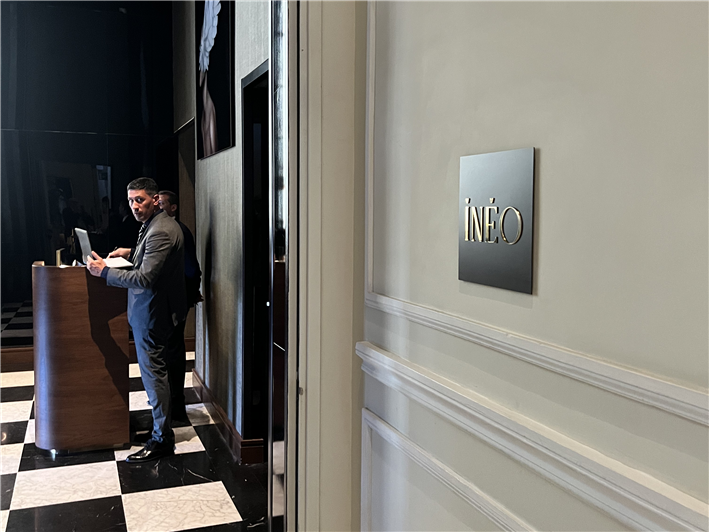



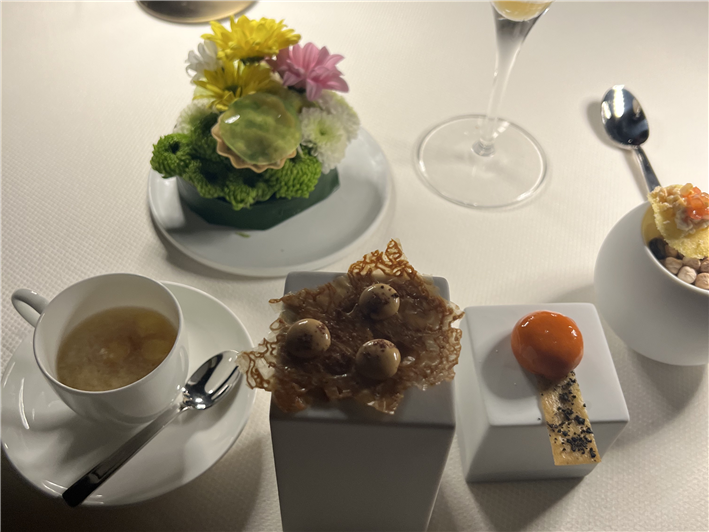
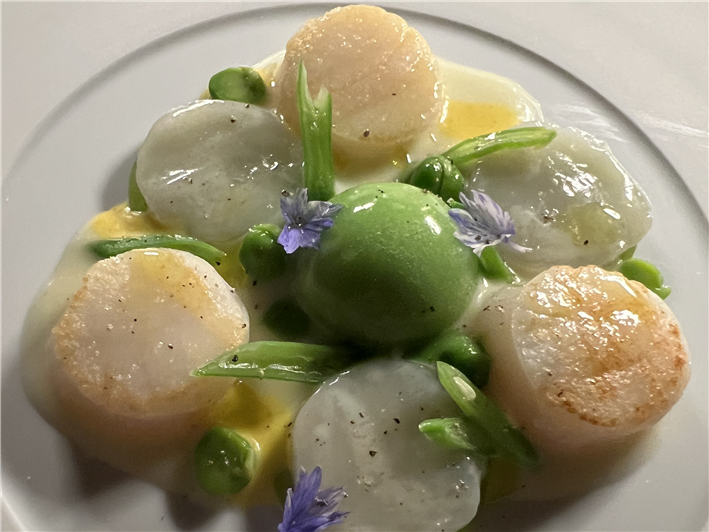
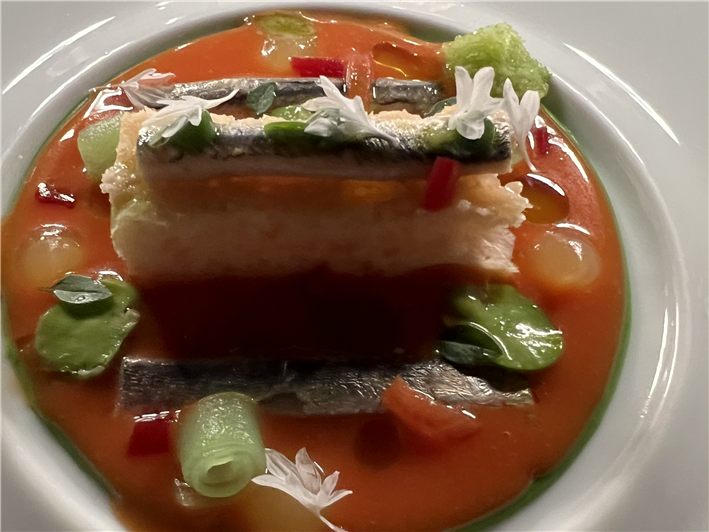

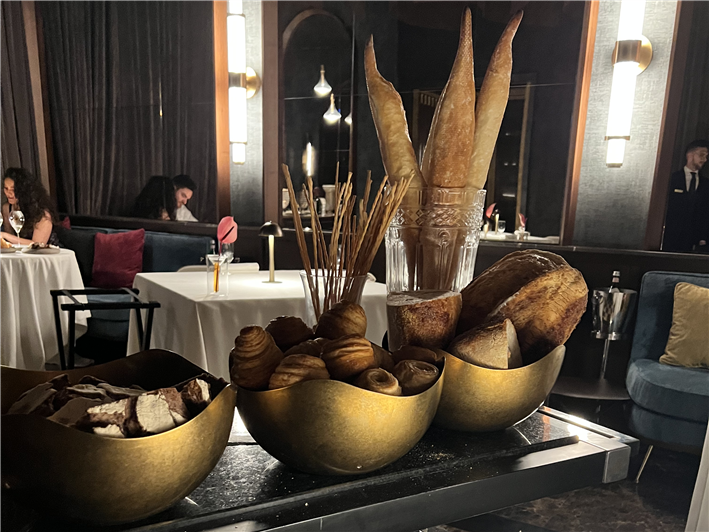

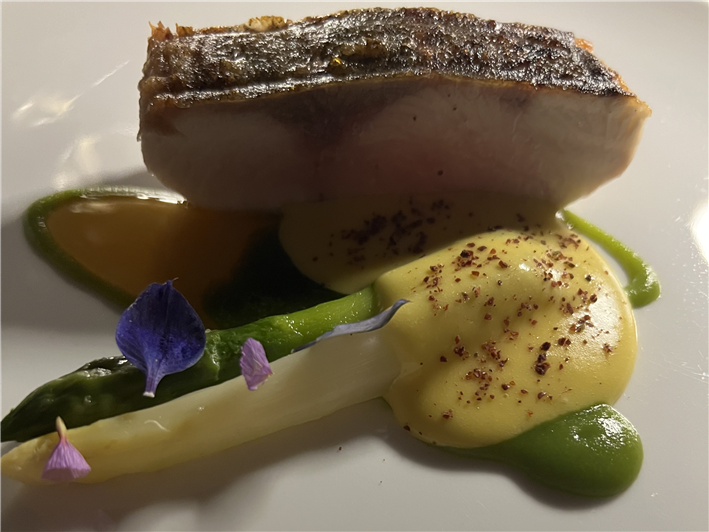
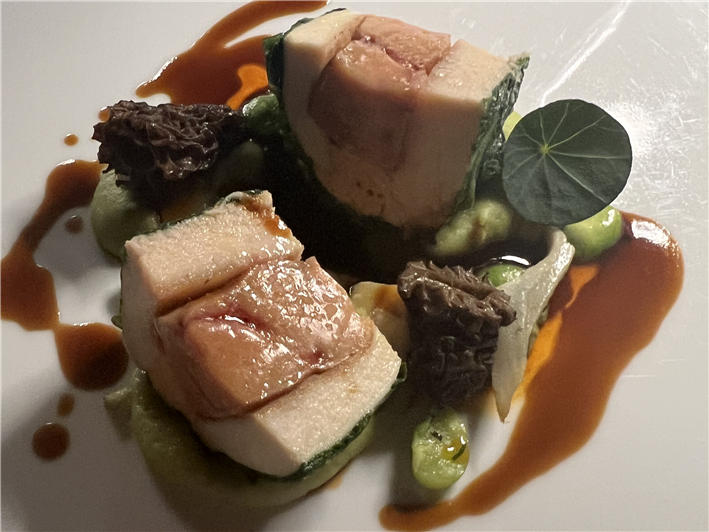

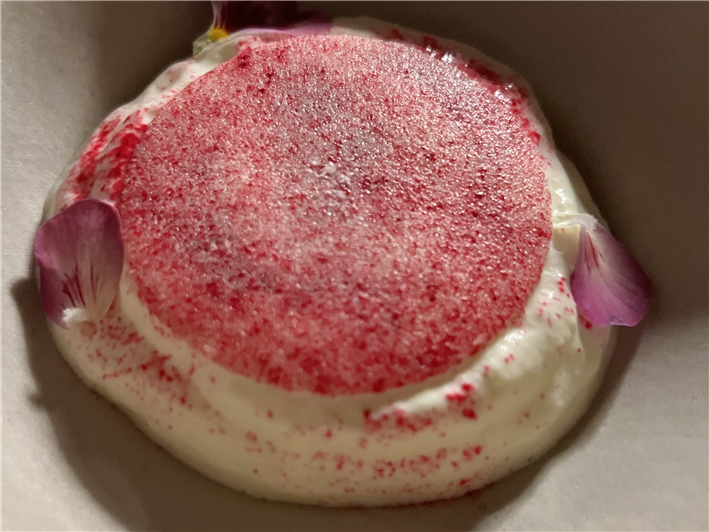

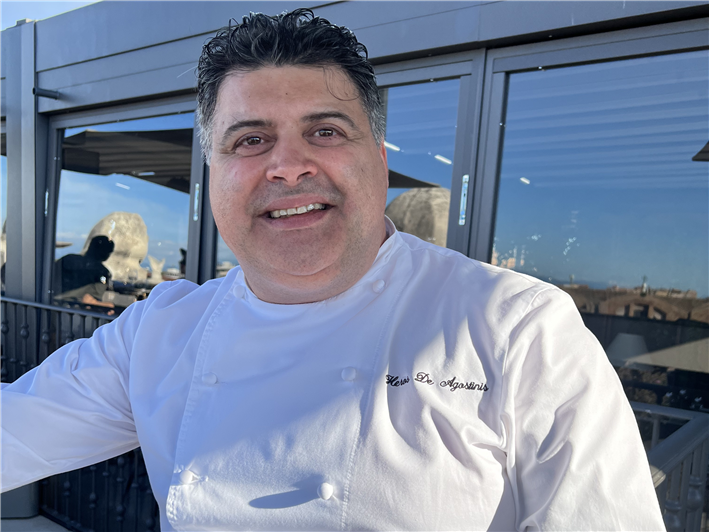

Adrian Turner
Looks fabulous Andy. I'm sure prices will double when Michelin bestows its inevitable stars.
Nigel
Yes, you've just become used to London prices.